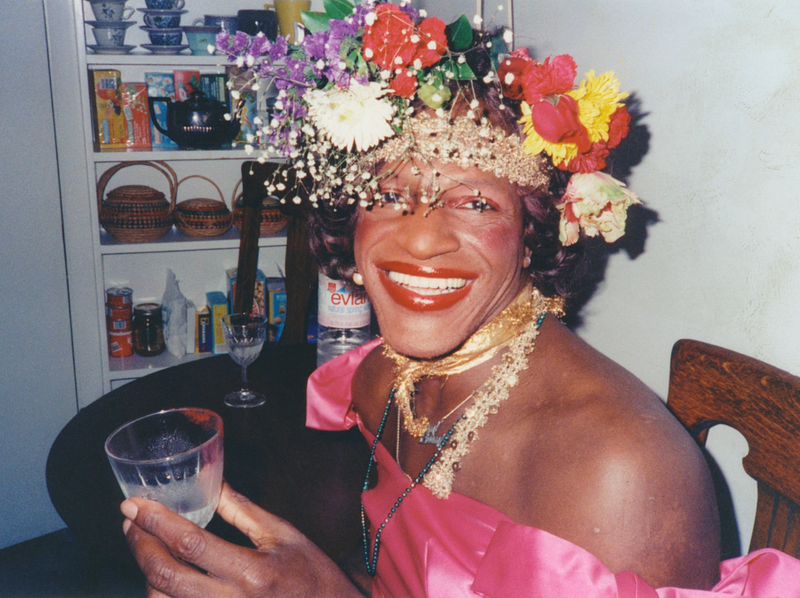The world’s first monument to transgender activists, announced Wednesday in New York City, will pay tribute to two women of color, Marsha P. Johnson and Sylvia Rivera, for their roles in leading the gay rights movement.
The permanent installation will be on display in Greenwich Village, not far from the Stonewall Inn, site of the June 1969 Stonewall Uprising in which LGBT activists fought back against police who raided the popular gay bar. Johnson and Rivera are considered critical figures in the uprising—which is widely believed to be the beginning of the modern gay rights movement—but for decades their contributions had been marginalized, if not altogether erased, from mainstream narratives.
In fact, as the New York Times reports, a monument already exists paying tribute to the Stonewall Uprising, in a park just across the street from the historic bar, but the four figures it depicts—two men and two women, all painted white—don’t even hint at the contributions of trans women or people of color like Johnson and Rivera, who were at the vanguard of the gay rights movement.
Speaking to the Times yesterday, New York City first lady Chirlane McCray said it was important for such a monument to have a “name and a face:”
In teaching people about the gay rights movement, she said, it is vital to include stories of activists like Ms. Johnson, who was black, and Ms. Rivera, who was Latina.“The L.G.B.T.Q. movement was portrayed very much as a white, gay male movement,” Ms. McCray said. “This monument counters that trend of whitewashing the history.”
Johnson, in particular, has been lauded as the “Rosa Parks of the LGBT movement,” with her and Rivera’s work extending far beyond that summer night in 1969. The pair founded the world’s first trans-rights organization, Street Transvestite Action Revolutionaries (STAR) a year later, which gave support (and for a short time, shelter) to poor young people who had been kicked out of their homes for their trans identities.
But as the Times writes, despite Johnson and Rivera’s historic (and frankly, revolutionary) contributions to the LGBT community, and to our understanding of gender fluidity and gender expression more generally, they were often marginalized within their own community. “Rivera often quarreled with gay political leaders who excluded transgender rights from their priorities, memorably warning, “Hell hath no fury like a drag queen scorned,” the paper notes.
Johnson was similarly critical of the gay rights movement; in the 2017 Netflix documentary, The Death and Life of Marsha P. Johnson, she chastises attendees of a 1973 gay rights rally for being “a white, middle-class club.”
A little more than 20 years later, Johnson was found dead near the Christopher Street piers, a popular hangout spot for LGBT New Yorkers, her body pulled from the Hudson River. Police initially ruled her death a suicide, which many who knew her immediately questioned and rejected. In 2002, Johnson’s cause of death was reclassified as “undetermined.”
“When she died, part of me went with her,” Rivera would say years later of her beloved friend. Rivera died in 2002 of liver cancer; she was only 50 years old.
City officials say they’re hoping to complete the memorial to the two civil rights pioneers by the end of 2021.




Post a Comment